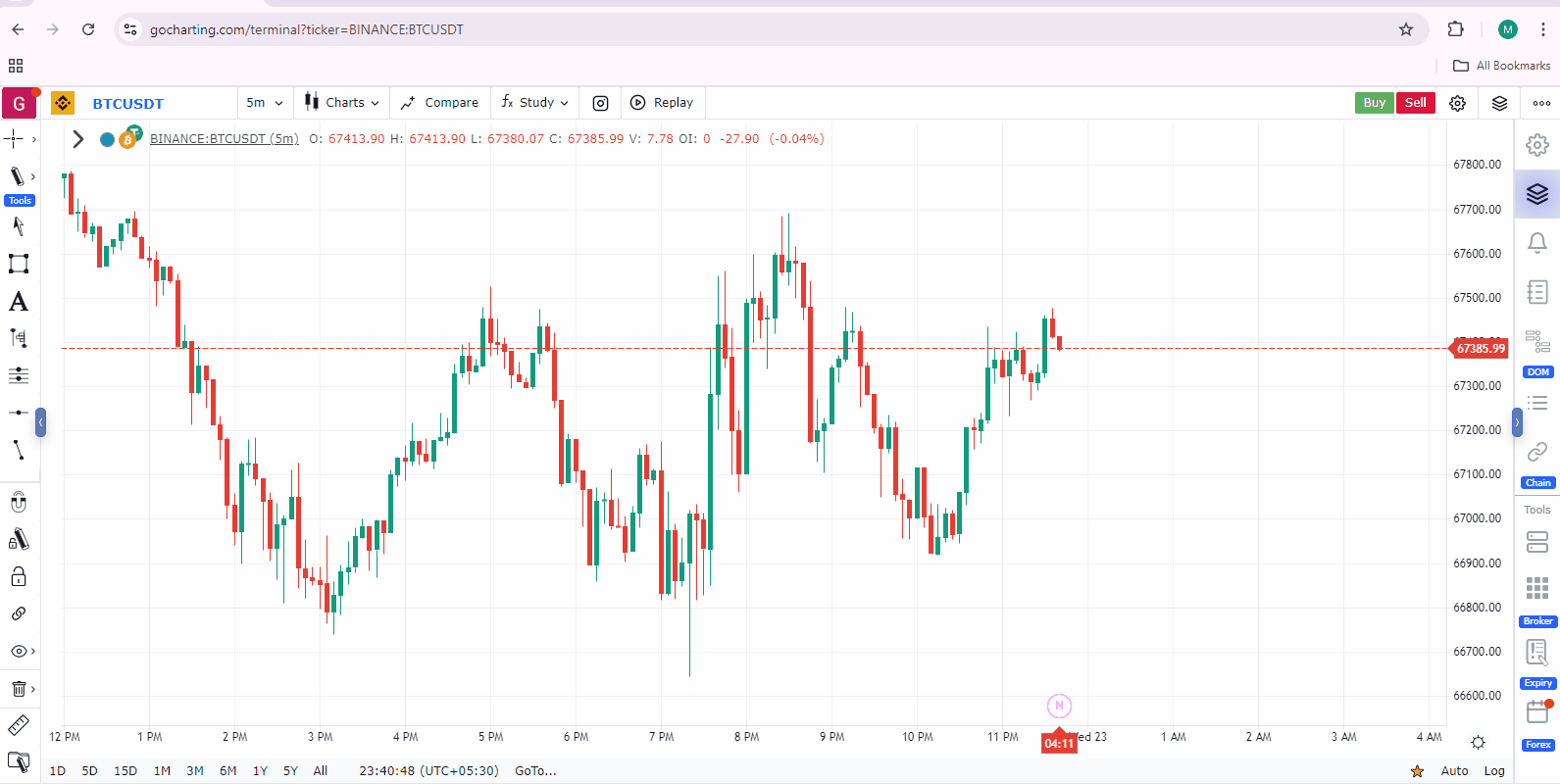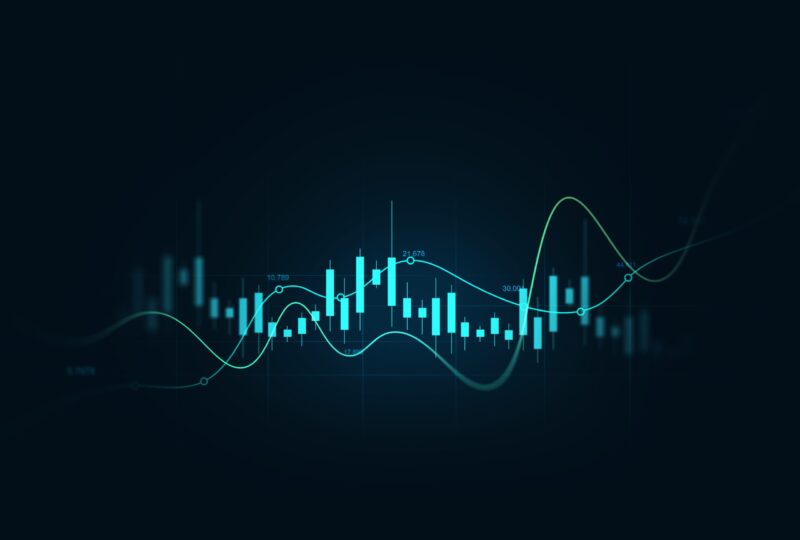In the intricate dance of financial markets, where every tick can spell opportunity or peril, traders are constantly on the hunt for an edge. One of the most talked-about concepts in this quest is DOM trading or Depth of Market trading.
This approach delves deep into the order book, revealing a wealth of information about buy and sell orders that could potentially illuminate market sentiment. But does this tantalizing peek into market depth truly offer predictive power? Can the ebb and flow of orders forecast market moves, or is it merely a mirage in the vast desert of data? As we navigate the complexities of order flow, it’s essential to separate fact from fiction, seeking clarity in a landscape often shrouded in uncertainty.
Join us as we explore the potential of DOM trading and uncover whether it can indeed illuminate the path ahead in the tumultuous world of trading.
Understanding Depth of Market (DOM) Analytics

Understanding Depth of Market (DOM) Analytics is an essential aspect for traders looking to gain an edge in their decision-making process. DOM provides a real-time view of the supply and demand within the trading environment, showcasing not just the prices at which buyers and sellers are willing to transact, but the volume available at each price level.
This intricate tapestry of information reveals the market’s pulse, enabling traders to analyze order flow and gauge potential price movements before they happen. It’s like peering into the heart of market dynamics—sometimes chaotic, often revealing.
By dissecting the layers of this data, traders can identify imbalances and anticipate shifts that may not be immediately visible through standard price charts, making DOM analytics a critical tool in navigating the complexities of modern trading arenas.
The Mechanics of DOM Trading: How It Works

Understanding dom chart is essential for grasping its predictive capabilities. At its core, DOM trading offers a glimpse into the order book, revealing the buy and sell orders at various price levels.
This intricate display allows traders to gauge market sentiment; they can observe not only the number of orders but also the price points at which traders are poised to enter or exit positions. Imagine the thrill of watching the ebb and flow of orders—large blocks of sell orders may indicate a potential resistance level, while the surge of buy orders could suggest the opposite.
But it’s not just about watching numbers; skilled traders interpret this data, combining it with timing and market context, enabling them to anticipate moves with surprising accuracy. In a landscape where milliseconds matter, the dynamics of DOM trading become a powerful tool for those seeking to navigate the unpredictable waves of the market.
Conclusion

In conclusion, the exploration of DOM trading and its potential to predict market moves reveals both promise and limitations. While a DOM chart can provide valuable insights into market sentiment and order flow, traders must approach this tool with a nuanced understanding of its strengths and weaknesses.
Effective use of DOM trading requires not only technical skills but also a keen awareness of broader market dynamics and new influences. Ultimately, while DOM trading may enhance decision-making and improve trade execution, it is not a surefire method for predicting market movements.
Traders who integrate DOM analysis with other strategies and remain adaptable to changing market conditions are more likely to find success in the fast-paced world of trading.


